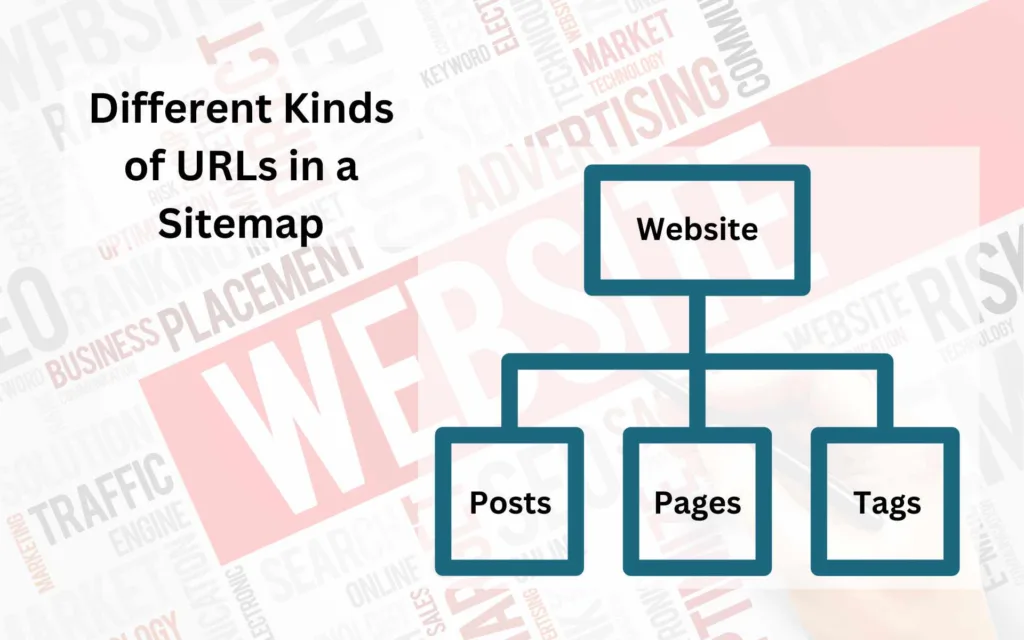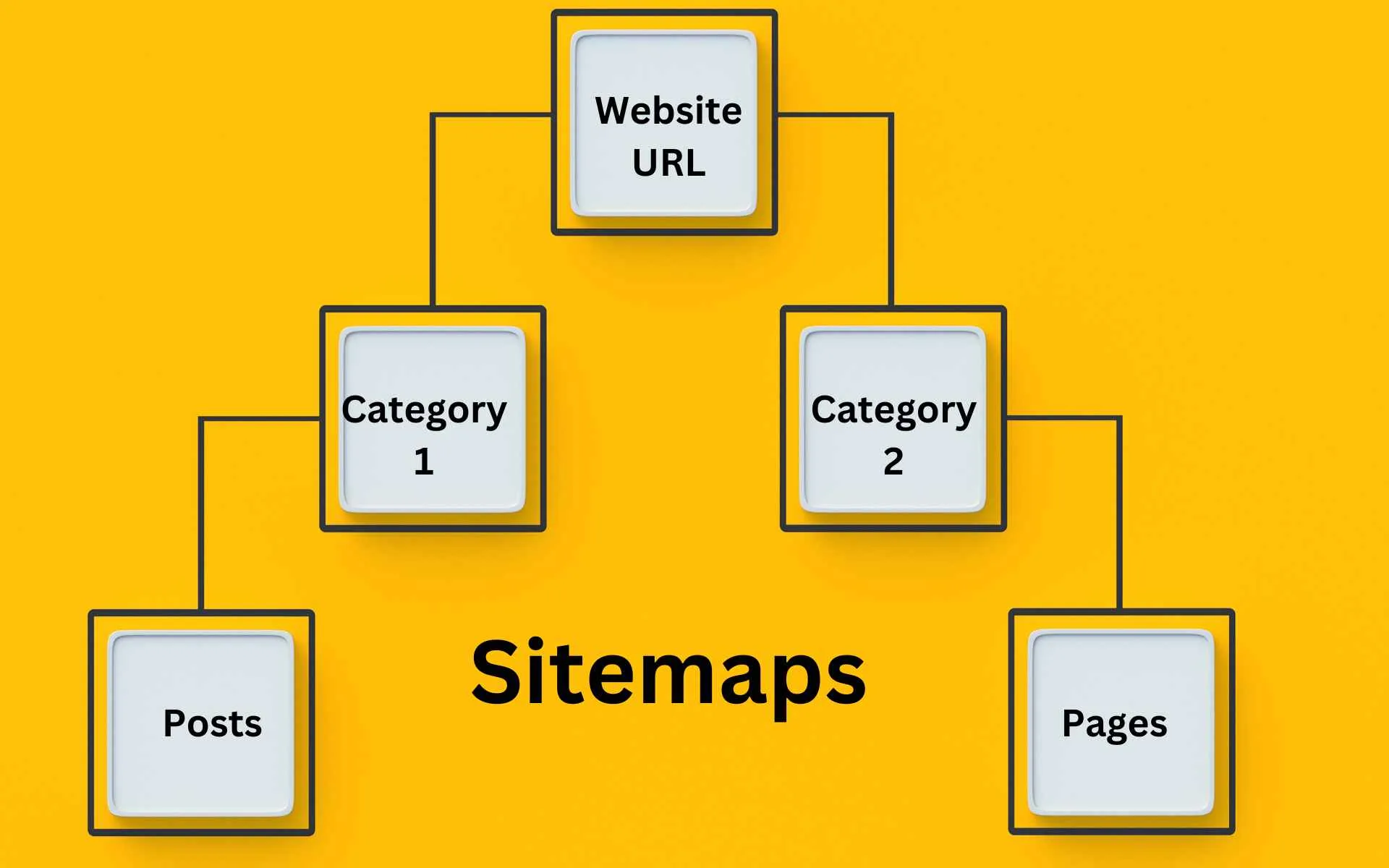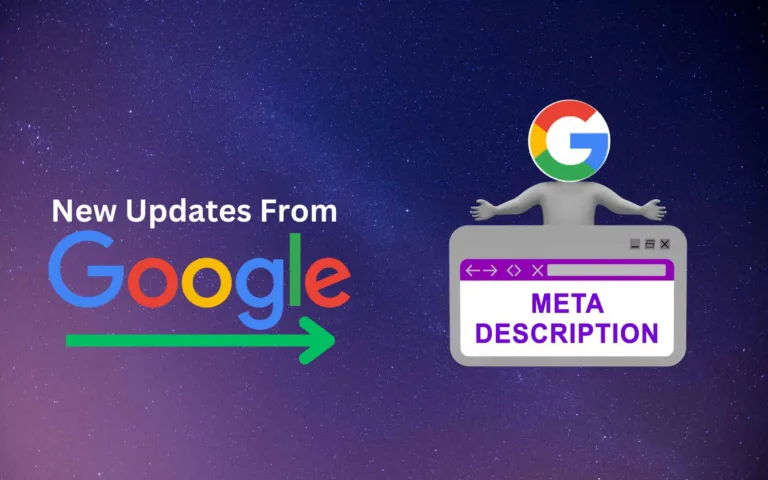Sitemaps are an easy way to index your website on Google and Bing. Once you submit a sitemap through a sitemap generator, it automatically picks up new pages and posts as they are published on your website.
However, uploading the wrong sitemaps can cause delays in your website getting index and therefore delay your SEO results. This article will act as a guide on how you can make the best use of sitemaps for your website’s SEO.
Related: Types of Sitemaps and How to Create Them.
Summary:
| Type of Website | Sitemaps to be Submitted to Google Search Console |
|---|---|
| News, Content Publishers and Blogs | Post Sitemap Only |
| E Commerce, Online Stores without Blogs | Page Sitemap Only |
| E Commerce, Online Stores with a Blog Section | Post + Page Sitemap |
| Portfolio Websites | Full Sitemap |
Table of Contents
How wrong Sitemaps can delay Indexing?
Sitemaps provide guidance to crawler bots sent by Google to index websites. The sitemaps provide them with an easy guide on which pages, posts, videos, web stories, etc., are live on your website.
However, sitemaps also cause delays in getting your website indexed. This is because of a presence of a lot of tags on websites which I have witnessed is a common thing on WordPress, Shopify, SquareSpace, and other similar codeless website builders.
These tags cause delays because sitemaps show them as independent pages. Now when these tags are getting indexed, other much important pages present on your websites face delays in indexing.
Therefore, I have prepared the following guide with my 2 years of SEO experience, on how you can make the best use of sitemaps to get your website index in a fast way.

5 Tips for Submitting Sitemaps on Google Search Console
1. News, Content Publishers and Blogs
Websites which have a high number of daily articles or websites which have more articles, blogs and posts than pages should submit the “post sitemap” only.
The reason is that the few pages on the website can be easily submitted for indexing directly from the search console bar for URL inspection (on the top).

2. E Commerce, Online Stores without Blogs
These websites typically have higher number of pages and rarely any articles or posts.
Website owners of these websites can either submit the page sitemap or the full sitemap. The reason is that since these websites have almost zero tags and zero categories, therefore they rarely add any of them into the sitemap.
3. E Commerce, Online Stores with a Blog Section
These websites need to separately submit the Page and Post sitemaps but should never submit the full sitemap as a full sitemap would introduce unnecessary tags and category pages.
Submitting both sitemaps automates the indexing of URLs on these kind of websites.
4. Portfolio Websites
These are the simplest websites and typically contain a few static pages. Sometimes users, like me, post about their areas of expertise on these blogs. These kind of users who post articles and blogs on their portfolio websites should submit different sitemaps for posts and pages.
Otherwise for simpler portfolio websites with low number of pages, can submit a full sitemap.
Frequently Asked Questions
What is a sitemap?
A sitemap is a list of posts, pages, videos, web stories and anything that has its own different URL on a website.
What is the purpose of sitemap?
The purpose of sitemap is to give a clear and defined path for Google crawlers which index your website.
What makes a good sitemap?
A good sitemap is one which is:
1. Frequently Updated
2. Has clear list of pages and posts.
3. Has deleted the previous URLs which no longer exist.
4. Provides a list of redirected URLs




